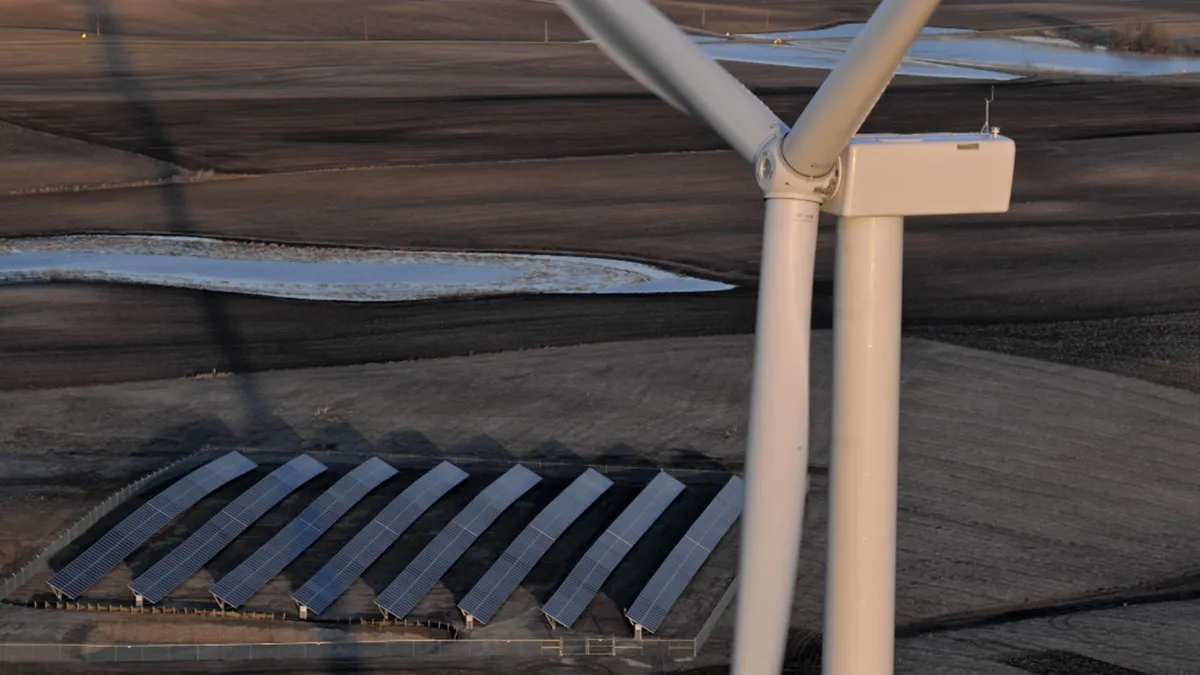Dive Brief:
- Public Service Electric and Gas Co. (PSEG) is on track to cut carbon emissions by 80% by 2046, relative to 2005 levels.
- The New Jersey utility on Thursday announced a "significant extension" of its Powering Progress strategy, announced last year. PSEG committed to divest all of its remaining coal interests and said it has no plans to "build or acquire new fossil-fueled generation."
- The utility's announcement comes six weeks after the New Jersey Board of Public Utilities (BPU) released a draft plan to help the state reach 100% clean energy by 2050, joining a growing number of states transitioning away from fossil fuels.
Dive Insight:
PSEG says it has a "vision of attaining net-zero carbon emissions by 2050," assuming advances in technological innovation and public support.
There is "no magic bullet that can get us to a 100 percent carbon-free future," though coal and gas-fired plants will not be the answer, PSEG Chairman, President and CEO Ralph Izzo said in a letter to stakeholders on Thursday.
The company announced that PSEG Power will retire or sell "all remaining interests in coal-fired power plants, and has no plans to build or acquire new fossil-fueled generation."
The company will shut all but three gas-fired plants by 2046, Reuters reported, but intends to keep facilities online in New Jersey, Maryland and Connecticut.
The utility will also continue advocating to keep the Salem and Hope Creek nuclear plants online, which supply the majority of New Jersey’s emissions-free electricity. In April, the state approved up to $300 million in annual subsidies for nuclear plants owned and operated by PSEG.
PSEG will also "continue to explore opportunities in solar, offshore wind and emerging technologies," along with energy efficiency resources. And beginning next year it will report annually on sustainability and climate using the Task Force on Climate-related Financial Disclosures framework.
In September, PSEG announced a $4 billion clean energy plan aimed at helping meet New Jersey's climate goals while also reducing customer bills. The utility wants to spend $2.8 billion on energy efficiency, and has plans to grow energy storage capabilities.
The state is aiming for 100% clean energy by 2050, through a mix of electrification, renewables, energy storage, nuclear energy and grid modernization. Near-term, the BPU draft plan calls for developing 600 MW of energy storage by 2021 and deploying 330,000 light-duty electric vehicles by 2025.














